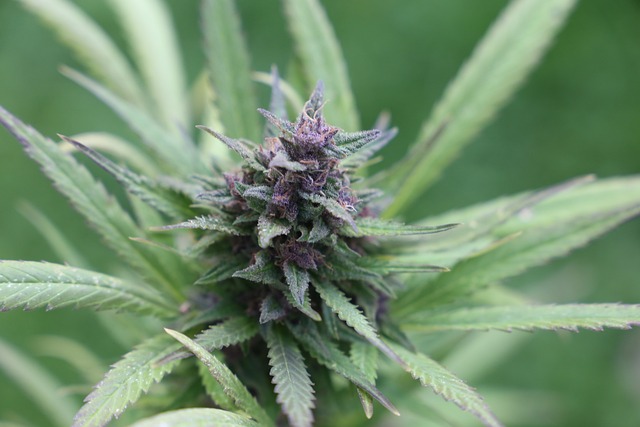THCa Flower: Everything You Need to Know
In recent years, the cannabis industry has seen a surge in interest surrounding various cannabinoids, with THCa gaining significant attention from indacloud.co. As a non-psychoactive precursor to THC, THCa offers unique properties and potential benefits that are worth exploring. This article delves into the intricacies of THCa flower, providing a comprehensive understanding of its characteristics, benefits, and uses.
What is THCa?
THCa, or tetrahydrocannabinolic acid, is a naturally occurring compound found in raw and live cannabis plants. Unlike THC, THCa does not produce psychoactive effects. This is because THCa must undergo decarboxylation, a process typically triggered by heat, to convert into THC, the compound responsible for the “high” associated with cannabis.
Benefits of THCa
Research into THCa is still in its early stages, but preliminary studies and anecdotal evidence suggest several potential benefits:
- Anti-inflammatory Properties: THCa may help reduce inflammation, making it a potential option for those with inflammatory conditions.
- Neuroprotective Effects: Some studies indicate that THCa might offer neuroprotective benefits, which could be beneficial for neurodegenerative diseases.
- Anti-emetic Properties: THCa has shown promise in reducing nausea and vomiting, particularly in patients undergoing chemotherapy.
- Appetite Stimulation: Like THC, THCa may help stimulate appetite, which can be beneficial for individuals with appetite loss.
How to Use THCa Flower
THCa flower can be consumed in various ways, each offering different experiences and benefits:
- Raw Consumption: Consuming raw cannabis leaves or flowers in smoothies or salads preserves THCa in its natural form, allowing users to benefit from its non-psychoactive properties.
- Juicing: Juicing raw cannabis is another method to consume THCa without converting it to THC, providing a nutrient-rich beverage.
- Topicals: THCa-infused topicals can be applied directly to the skin, offering localized relief without psychoactive effects.
THCa vs. THC: Key Differences
Understanding the differences between THCa and THC is crucial for consumers looking to make informed choices:
- Psychoactivity: THCa is non-psychoactive, while THC is known for its mind-altering effects.
- Legal Status: In many regions, THCa is legal, whereas THC is subject to stricter regulations.
- Medical Applications: Both compounds offer potential therapeutic benefits, but their applications may vary based on their effects.
Case Studies and Research
Several studies have explored the potential benefits of THCa, providing insights into its therapeutic applications:
A study published in the British Journal of Pharmacology highlighted THCa’s anti-inflammatory properties, suggesting its potential in treating inflammatory conditions. Another research article in the Journal of Neuroimmune Pharmacology discussed THCa’s neuroprotective effects, indicating its promise in managing neurodegenerative diseases.
Legal Considerations
The legal status of THCa varies across different jurisdictions. In some areas, THCa is considered legal due to its non-psychoactive nature. However, it’s essential for consumers to stay informed about local regulations, as laws can change rapidly.
Consumer Tips
For those interested in exploring THCa flower, here are some tips to consider:
- Source Quality Products: Look for reputable brands that provide lab-tested products to ensure purity and potency.
- Understand Dosage: Start with small amounts to gauge your body’s response, especially if you’re new to cannabis products.
- Consult Professionals: If using THCa for medical purposes, consult with a healthcare professional to discuss potential benefits and risks.
Conclusion
THCa flower presents an intriguing option for those seeking the benefits of cannabis without the psychoactive effects of THC. With its potential anti-inflammatory, neuroprotective, and anti-emetic properties, THCa offers a range of applications that warrant further exploration. As research continues to unfold, consumers can look forward to a deeper understanding of this fascinating cannabinoid and its place in the cannabis industry.
